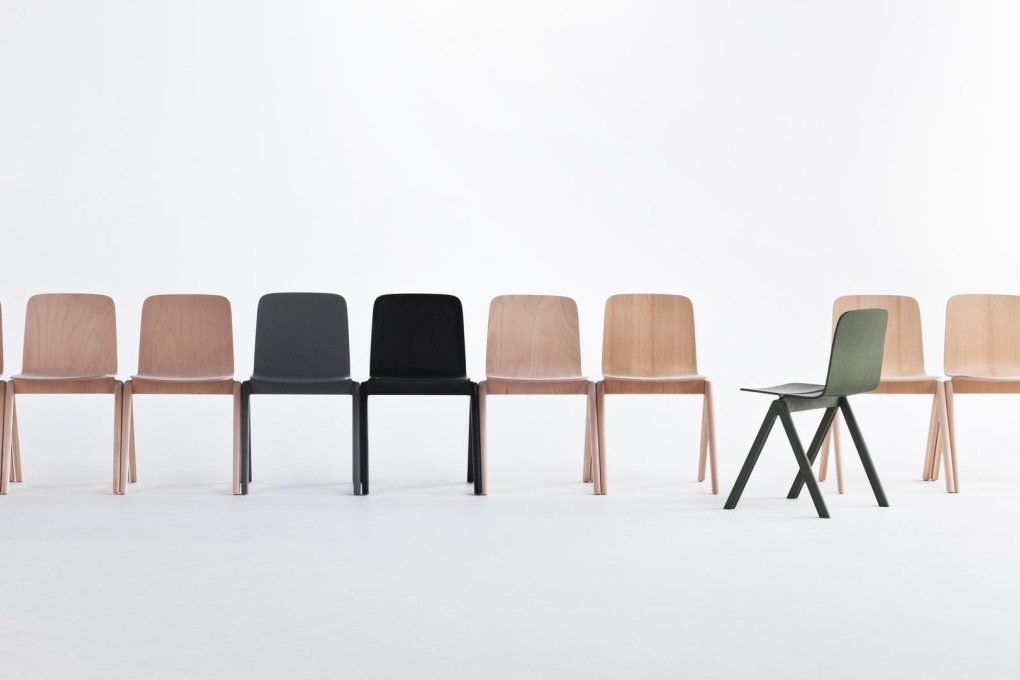Q&A: what '60s design taught Danish furniture brand Hay's Rolf Hay
Simple but not ordinary, different but not weird - that's what makes a product long-lasting, says designer, who co-founded Hay with his wife, Mette, and is inspired by 1950s and '60s design quality

"I have a business education. For the design part, my wife and I are self-made. I had been working around design and design development in different companies almost all my life. But I only found my passion for it when I met a [mentor] through one of these jobs who was extremely passionate about design, and who taught me a lot."
"What I appreciate about the products of the 1950s and 60s is the quality level, the focus on strong materials and designs that can last for years. I think it's one of the most important things for us to do in the industry. [But we are] not just about materials. A chair may last for many years without breaking, but the question is whether you can live with it for many years. I think it's a balance of doing something with simplicity without being ordinary; doing something different, but never being weird. To keep that aesthetic balance is extremely important and this is what makes a product long lasting."

"We did a very nice project with the Bouroullec brothers, Ronan and Erwan, in Paris for Copenhagen University, which asked us to do a range of furniture for its new building [in the French capital]. It was clear to me they wanted a simple, human environment, so we tried to create the Copenhague Collection with a strong simplicity but also a home-ish touch. For example, there is a dining chair [the Copenhague; below] that is a completely wooden and moulded product, with no steel at all; its difference lies in the way it is assembled."
"I don't know if it's interesting any longer to talk about where you're from. To me, the company Cappellini, in Italy, was a big inspiration because Giulio Cappellini did something that, in the 90s, was unusual for an Italian designer, which was to hire a lot of people from outside. We're based in Copenhagen, but we look at design as a global language. For me it's not important if you're from Hong Kong or Denmark. What counts is what you want to say with the stuff you're doing; the idea behind the product."
